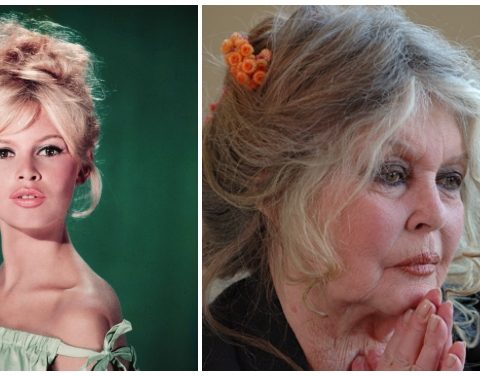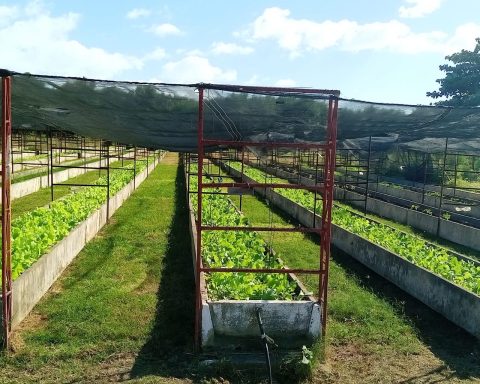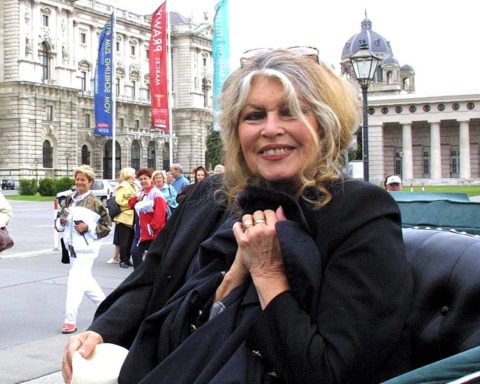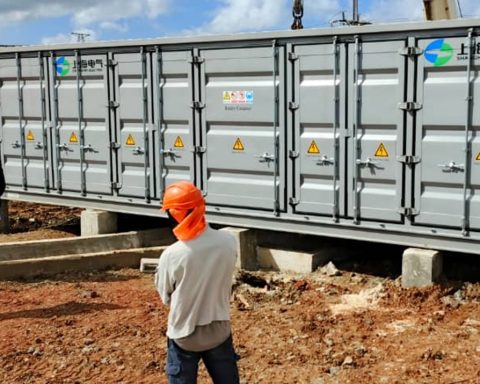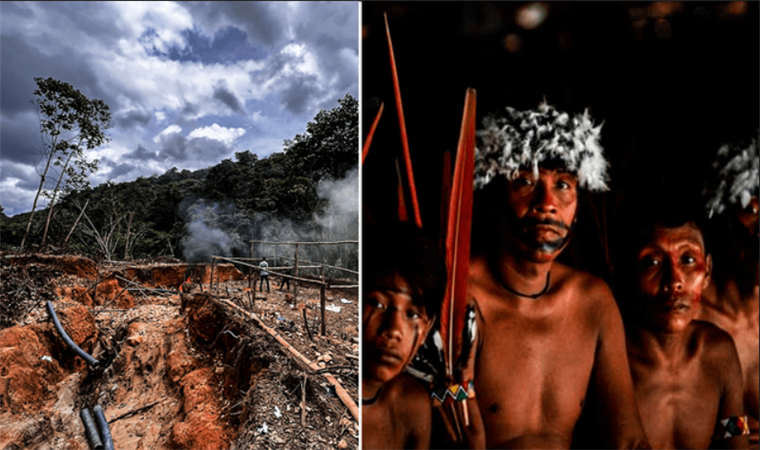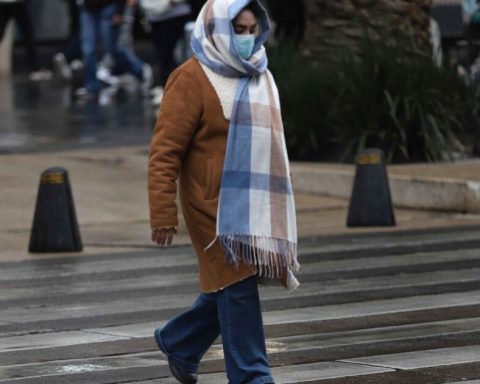MIAMI, United States. – On the outskirts of Havana, there is an architectural jewel built in 1911, El Castillo de la Tropical, a small wonder that reflects the Muslim construction tradition.
The building was originally conceived as a playhouse and residence of the administrator of the Jardines de La Tropical, created in 1904. Inspired by The Alhambra of Granada, the castle was part of a recreational space within the large property of the Nueva Fábrica de Hielo SA, owner of several brands of beer and malt.
The owners of the park and the factory, the Counts of La Mortera, were Spanish, and the designers of the castle were two Catalan master builders, Ramón Magriñá and Jaime Cruanyas Feliú. The choice of the neo-Arabic style responded to the fashion of the time, associated with the idea of leisure, and was used in the construction of hotels, residences and apartment buildings.

The Castillo de la Tropical was located in the highest area of the park and has two high-strung levels and an ornate interior that reflects the beauty of the Alhambra.
The building has gone through several transformations since its nationalization in 1960. Between 1989 and 1990, it was adapted as a Creole food restaurant and renamed “Madrid”. Despite the aggressive interventions, such as the installation of an industrial kitchen, a positive element was added: a fountain at the back that combines distinctive elements of the Alhambra in Granada.

The restaurant operated until the year 2000, and since then it has hosted a ceramics workshop, electronic music parties and, in 2017, it became an exhibition space for the renowned artist Michelangelo Pistoletto.
Today, the Castillo de la Tropical is in a worrying state of deterioration and requires urgent comprehensive rehabilitation. The Italian NGO CISP works hard to prevent the loss of architectural elements and revitalize the use of the castle with community workshops.
